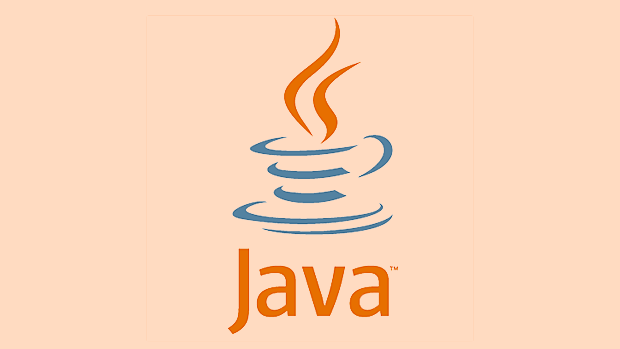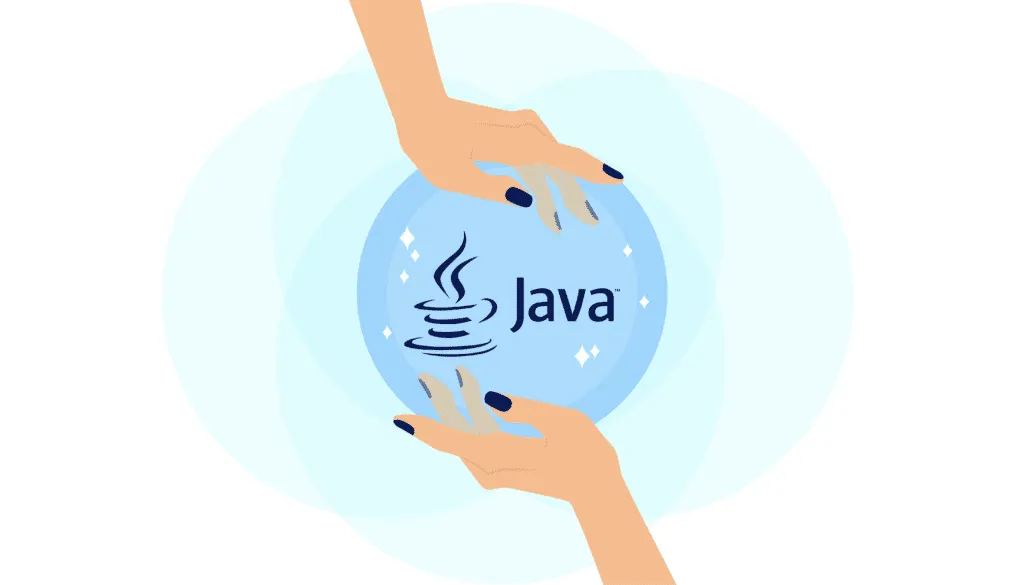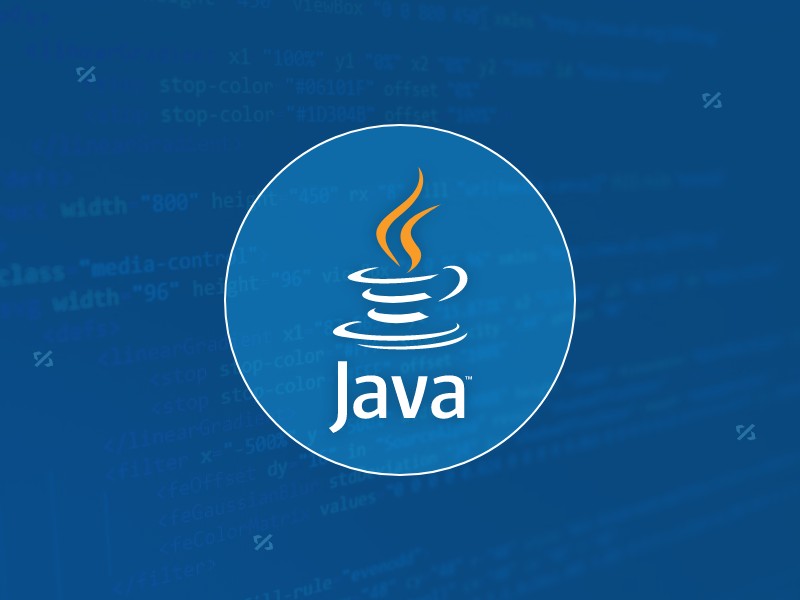The Java ClassLoader hierarchy consists of Bootstrap, Extension and Application ClassLoader. It adopts a delegate-first model to ensure the consistency and security of core classes. Class loading problems are common in classpath errors or class loader isolation. When troubleshooting, you need to check dependencies, logs and use -verbose:class parameters; custom ClassLoader needs to inherit and override findClass() to avoid duplicate loading and pay attention to the hot replacement mechanism.

Java's class loading mechanism is a very basic but easily overlooked part of the JVM. Many people do not directly deal with ClassLoader when writing code, but in actual development, such as using frameworks, containers, hot deployment and other functions, the behavior of ClassLoader often directly affects the operation of the program. Understanding its hierarchy and delegate model can help you better troubleshoot class loading issues.

What is the Java ClassLoader level?
Java's class loader does not have only one, but a layer of nested structures. The JVM provides three main class loaders by default:

- Bootstrap ClassLoader : Responsible for loading JDK core classes (such as
java.lang.*), which are usually implemented in C. - Extension ClassLoader : Responsible for loading the extended class library (
jre/lib/extor jar package under the specified path). - Application ClassLoader (also called System ClassLoader): Responsible for loading classes in the user classpath.
These three class loaders form a parent-child structure, and each child loader has a parent loader. You can check which loader the current class is loaded by by calling getClass().getClassLoader() .
How does the class loaded delegate model work?
Java's class loading adopts a "delegate-first" model. That is to say, when a class loader receives a request to load a class, it will not load it immediately, but will first hand over the request to its parent class loader for processing. Only when the parent class loader cannot load this class, it will be attempted to load it by itself.

For example:
- Your application class
com.example.MyClassis loaded by the Application ClassLoader request; - It will first delegate to the Extension ClassLoader;
- The Extension ClassLoader will be entrusted to the Bootstrap ClassLoader;
- If neither Bootstrap nor Extension can find this class, the Application ClassLoader will actually go to classpath to find it.
This design is to ensure the consistency and security of core classes, and to avoid multiple class loaders repeatedly loading the same class, causing conflicts or waste of resources.
Why do NoClassDefFoundError or ClassNotFoundException sometimes appear?
Although these two exceptions look similar, the reasons behind them may be completely different.
Analysis of common causes
-
ClassNotFoundException: Usually when you callClass.forName()orClassLoader.loadClass()manually, the wrong class name is passed in, or the class does not exist in the classpath. -
NoClassDefFoundError: indicates that the class exists during the compilation period, but cannot be found at runtime. This is usually caused by errors in the static initialization block, or inconsistent class visibility among different class loaders.
For example, you have two modules A and B, A is loaded into a custom class loader, and B is loaded by the system class loader. If B tries to reference a class in A, this error will be caused because the class loader is invisible.
Solutions
- Check that the dependency is correctly packaged and placed in the correct classpath;
- Check whether there are any prompts for class loading failures in the log (some frameworks will print the class loading process at startup);
- Run the program with
-verbose:classparameter and you can see the specific path and loader of the class loading; - For web applications or plug-in systems, pay attention to whether the class loaders used by different modules are isolated.
What are the precautions for custom ClassLoader?
In some scenarios, such as hot deployment, encrypted class files, remote loading, etc., we may need to customize ClassLoader. Several key points need to be paid attention to at this time:
- Inheriting
ClassLoaderand rewritingfindClass()method is the most recommended way; - Don't override
loadClass()easily unless you know clearly that you want to break the default delegate model; - Ensure the uniqueness of class loading and avoid repeated loading of the same class by different class loaders;
- If you want to implement hot replacement, remember to uninstall the old class loader and create a new instance.
If you have multiple ClassLoaders in your application working at the same time, be sure to be clear about their relationship and loading order, otherwise it is easy to have problems such as "classes are found but methods are not found", "class conflicts" and other problems.
Basically that's it. Understanding the hierarchy and delegate model of ClassLoader is very helpful in solving class loading problems. Although I don’t know how to operate it directly, this knowledge can come in handy once I encounter problems.
The above is the detailed content of Understanding Java ClassLoader Hierarchy and Delegation Model. For more information, please follow other related articles on the PHP Chinese website!

Hot AI Tools

Undress AI Tool
Undress images for free

Undresser.AI Undress
AI-powered app for creating realistic nude photos

AI Clothes Remover
Online AI tool for removing clothes from photos.

Clothoff.io
AI clothes remover

Video Face Swap
Swap faces in any video effortlessly with our completely free AI face swap tool!

Hot Article

Hot Tools

Notepad++7.3.1
Easy-to-use and free code editor

SublimeText3 Chinese version
Chinese version, very easy to use

Zend Studio 13.0.1
Powerful PHP integrated development environment

Dreamweaver CS6
Visual web development tools

SublimeText3 Mac version
God-level code editing software (SublimeText3)

Hot Topics
 Selecting Specific Columns | Performance Optimization
Jun 27, 2025 pm 05:46 PM
Selecting Specific Columns | Performance Optimization
Jun 27, 2025 pm 05:46 PM
Selectingonlyneededcolumnsimprovesperformancebyreducingresourceusage.1.Fetchingallcolumnsincreasesmemory,network,andprocessingoverhead.2.Unnecessarydataretrievalpreventseffectiveindexuse,raisesdiskI/O,andslowsqueryexecution.3.Tooptimize,identifyrequi
 What is the `enum` type in Java?
Jul 02, 2025 am 01:31 AM
What is the `enum` type in Java?
Jul 02, 2025 am 01:31 AM
Enums in Java are special classes that represent fixed number of constant values. 1. Use the enum keyword definition; 2. Each enum value is a public static final instance of the enum type; 3. It can include fields, constructors and methods to add behavior to each constant; 4. It can be used in switch statements, supports direct comparison, and provides built-in methods such as name(), ordinal(), values() and valueOf(); 5. Enumeration can improve the type safety, readability and flexibility of the code, and is suitable for limited collection scenarios such as status codes, colors or week.
 Applying Semantic Structure with article, section, and aside in HTML
Jul 05, 2025 am 02:03 AM
Applying Semantic Structure with article, section, and aside in HTML
Jul 05, 2025 am 02:03 AM
The rational use of semantic tags in HTML can improve page structure clarity, accessibility and SEO effects. 1. Used for independent content blocks, such as blog posts or comments, it must be self-contained; 2. Used for classification related content, usually including titles, and is suitable for different modules of the page; 3. Used for auxiliary information related to the main content but not core, such as sidebar recommendations or author profiles. In actual development, labels should be combined and other, avoid excessive nesting, keep the structure simple, and verify the rationality of the structure through developer tools.
 What is the JDK?
Jun 25, 2025 pm 04:05 PM
What is the JDK?
Jun 25, 2025 pm 04:05 PM
JDK (JavaDevelopmentKit) is a software development environment for developing Java applications and applets. It contains tools and libraries required to compile, debug and run Java programs. Its core components include Java compiler (javac), Java runtime environment (JRE), Java interpreter (java), debugger (jdb), document generation tools (javadoc) and packaging tools (such as jar and jmod). Developers need JDK to write, compile Java code and develop with the help of IDE; without JDK, Java applications cannot be built or modified. You can enter javac-version and java-version in the terminal
 VSCode debugger for Java setup guide
Jul 01, 2025 am 12:22 AM
VSCode debugger for Java setup guide
Jul 01, 2025 am 12:22 AM
The key steps in configuring the Java debugging environment on VSCode include: 1. Install JDK and verify; 2. Install JavaExtensionPack and DebuggerforJava plug-in; 3. Create and configure the launch.json file, specify mainClass and projectName; 4. Set up the correct project structure to ensure the source code path and compilation output are correct; 5. Use debugging techniques such as Watch, F8/F10/F11 shortcut keys and methods to deal with common problems such as class not found or JVM attachment failure.
 XML rules: Common errors to avoid
Jun 22, 2025 am 12:09 AM
XML rules: Common errors to avoid
Jun 22, 2025 am 12:09 AM
Methods to avoid XML errors include: 1. Ensure that the elements are nested correctly, 2. Escape special characters. Correct nesting avoids parsing errors, while escape characters prevent document corruption, using an XML editor can help maintain structural integrity.
 How do I set up VS Code for Java development?
Jun 29, 2025 am 12:23 AM
How do I set up VS Code for Java development?
Jun 29, 2025 am 12:23 AM
To use VSCode for Java development, you need to install the necessary extensions, configure the JDK and set up the workspace. 1. Install JavaExtensionPack, including language support, debugging integration, build tools and code completion functions; optional JavaTestRunner or SpringBoot extension package. 2. Install at least JDK17 and verify through java-version and javac-version; set the JAVA_HOME environment variable, or switch multiple JDKs in the status bar at the bottom of VSCode. 3. After opening the project folder, make sure the project structure is correct and enable automatic saving, adjust the formatting rules, enable code checking, and configure the compilation task to optimize the opening.
 Windows search bar not typing
Jul 02, 2025 am 10:55 AM
Windows search bar not typing
Jul 02, 2025 am 10:55 AM
When the Windows search bar cannot enter text, common solutions are: 1. Restart the Explorer or computer, open the Task Manager to restart the "Windows Explorer" process, or restart the device directly; 2. Switch or uninstall the input method, try to use the English input method or Microsoft's own input method to eliminate third-party input method conflicts; 3. Run the system file check tool, execute the sfc/scannow command in the command prompt to repair the system files; 4. Reset or rebuild the search index, and rebuild it through the "Index Options" in the "Control Panel". Usually, we start with simple steps first, and most problems can be solved step by step.






